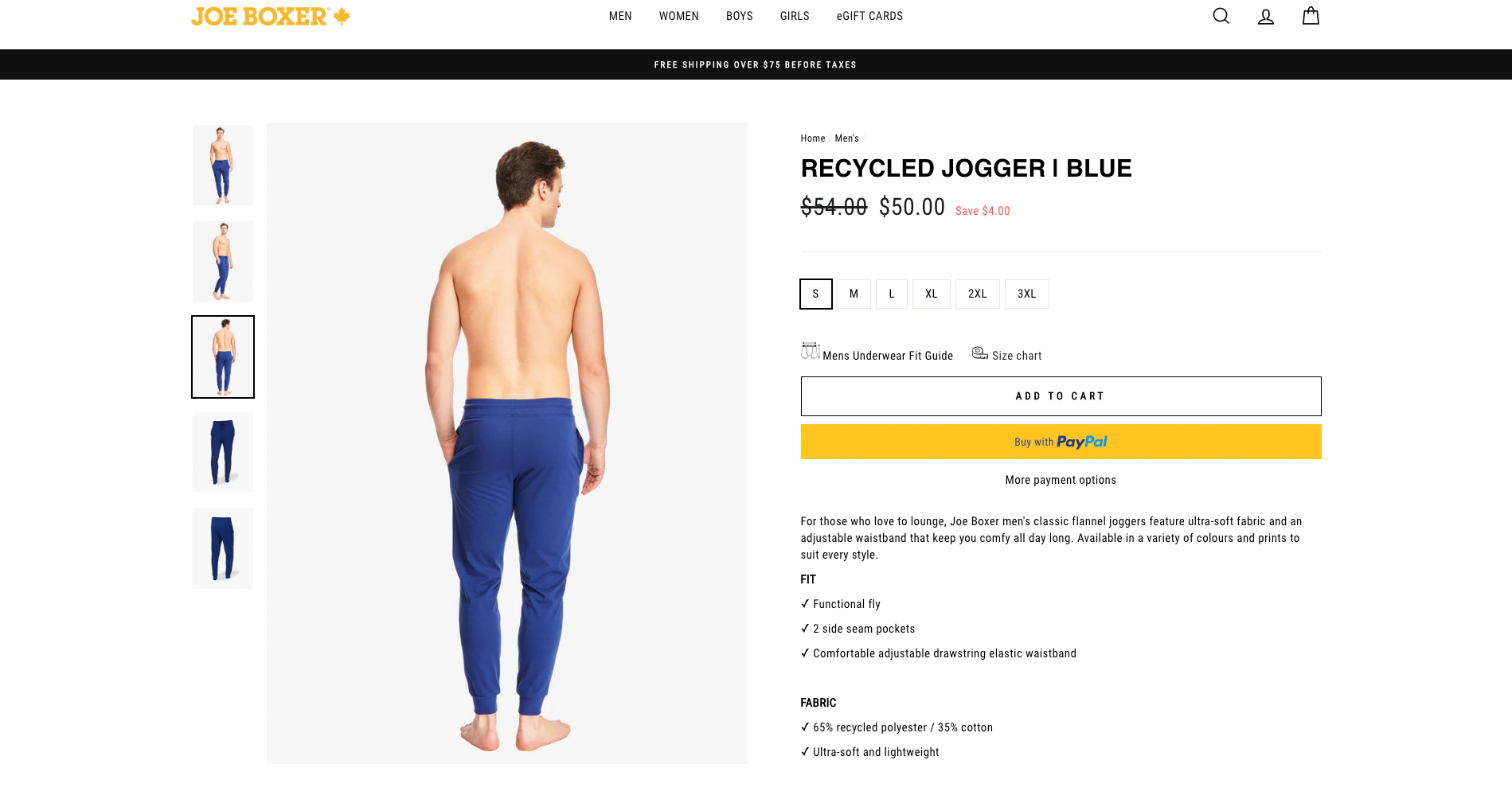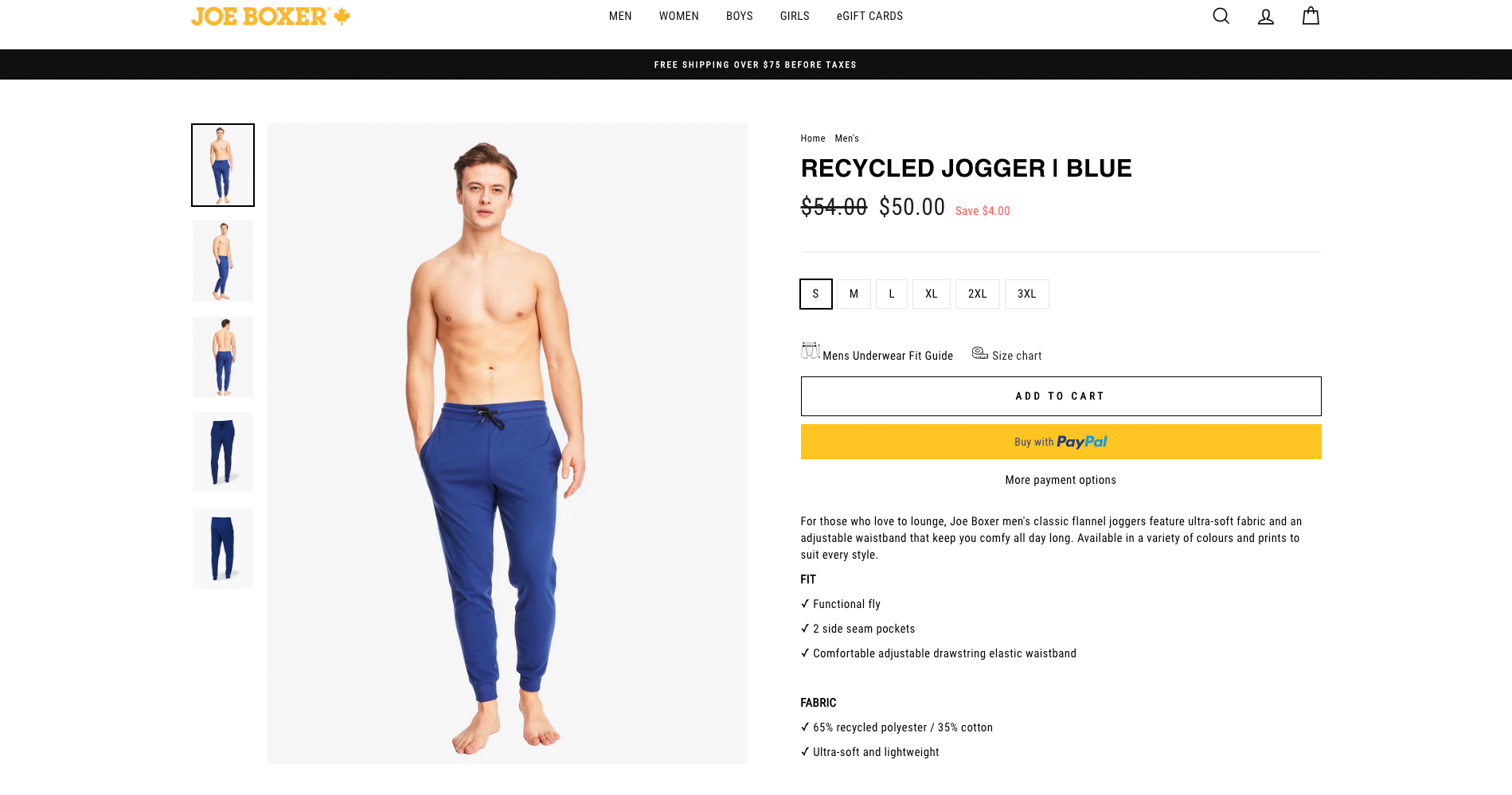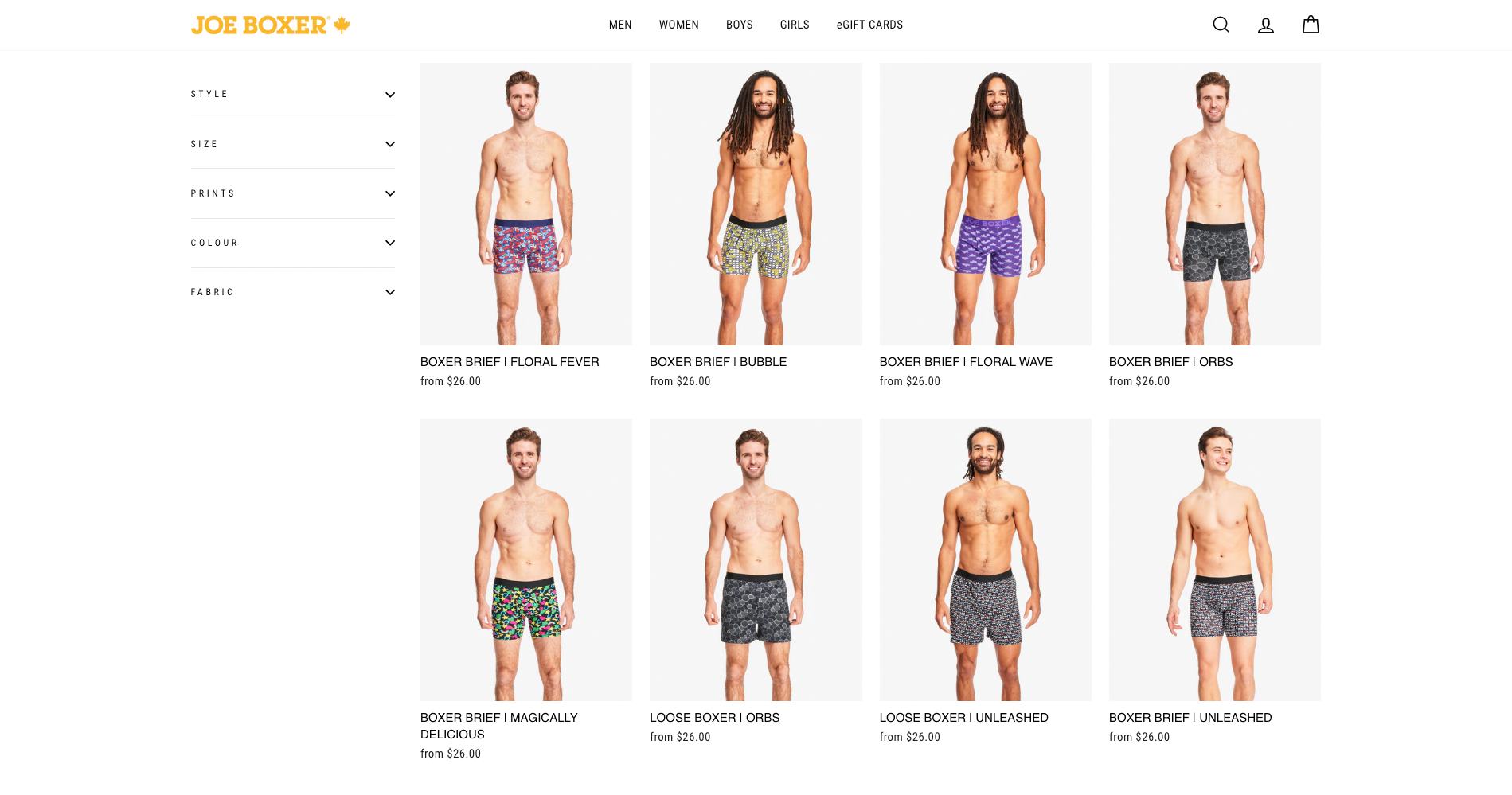Joe Boxer Shoot: Mastering Flawless White-Seamless Product Photography
For Joe Boxer’s Fall 2023 e-commerce collection, I was brought on to capture their latest apparel against a seamless white backdrop. I worked with three models as there were hundreds of items to photograph. You’ll spot the final images throughout their online store—rows of crisp, evenly lit product shots that seem effortless. But behind that polished look lies a meticulous process: white-background photography demands precision, technical expertise, and rigorous prep.
Here’s a peek behind the scenes of a Joe Boxer white-background shoot—and why it’s much more challenging than it appears.
1. Lighting Must Be Clean, Even, and Shadow-Free
The biggest challenge with white seamless backgrounds? Lighting them without shadows or gradients. If your lights aren’t balanced, you’ll end up with grayish corners or unwanted falloff behind the product.
For this shoot:
I used multiple lights to separate the model and product from the background.
The background was lit separately from the subject to ensure a true, even white (not off-white or gray).
I constantly adjusted light placement and exposure to prevent hotspots or banding.
2. Reflections and Spill Are Real
Even when the backdrop is white, the fabric and reflective elements on clothing (like snaps, buttons, and branding) can bounce light in unexpected ways. Managing spill onto the product—especially when working with lighter materials—takes practice and precision.
I often flagged lights or used diffusion to control direction, especially with highly reflective or smooth fabrics.
(*I didn’t shoot the ghosted product images where the items appear off-model.)
3. The Product Has to Do the Talking
In e-commerce, the product is the star. There’s no elaborate styling, creative shadows, or dynamic angles to distract the eye. The client needs:
True-to-life color
Accurate sizing and shape
Visible detail in the stitching, textures, and branding
This means watching every fold, tag, and seam as I shoot. I worked closely with stylists to make sure everything was clean, steamed, and polished between every shot.
4. White Must Be White (But Not Overexposed)
It’s easy to blow out the background so it looks white—but doing that risks losing edge detail around the product. If you clip the whites too aggressively, the product can look like it’s floating, or worse—cut off.
Instead, I aim for a clean, true white in-camera with a little room to refine in post. I use light meters and histograms to avoid overexposing and keep everything sharp.
5. Post-Production Still Matters
Even with everything dialed in during the shoot, some cleanup is always needed:
Removing dust or fabric threads
Evening out the white background
Color-correcting to ensure the product looks as it does in real life
Making sure all images in the set match in brightness, tone, and scale
This ensures a seamless look across the entire collection on the website.






